Replace AC and Heater? Or Just AC?
Zack Gaskins
9 months ago
Featured Answer
Sort by:Oldest
Comments (71)
Austin Air Companie
9 months agomike_home
9 months agoRelated Discussions
Replace entire 19 year old system or just broken AC?
Comments (12)Hockeychik: It really doesn't matter what I pay in Maryland because my bills (and everyone else's) are based on many variables including house size, house age, construction, lifestyle, # of people living in the house, utility prices, phases of the moon, etc. Too many variables make up utility costs. If you replace a 1988 80% effficient gas furnace with a 2007 80% efficient gas furnace, you gain nothing in efficiency (but you do get a new gas furnace). If you get a 95% efficient gas furnace, you get 15% more efficient in gas usage (a 15% savings in your heating bill), a variable speed fan in the new air handler, and may qualify for the Federal tax credit that you want. The only "warning" is that a new, high-efficient, gas furnace may require modifications to your flue such as installation of a flue liner. I am not knowledgeable on gas furnaces so you need to investigate this so that you are educated on gas furnace requirements. If your a/c is 19 years old (mine was 21), you can assume that it was a 7 to 8 SEER unit. By going to 14 SEER, you should save about 40% on the cost to run your a/c per hour of run time. It's OK that you are not sure what to do. This is a big decision with big $$ so take your time and think it through. Again, good luck....See MoreAC and heater running at the same time
Comments (4)look at the t-stat , take the cover off and tell me what the wires are reading? should be something like g for green fan r red hot w white heat them wires should be going to your furnace also. you will have a wire going to c cool se if there hooked up to ur furnace the same way....See MoreAC Only or Full AC/Furnace Replace
Comments (43)" So, how can I get them to explain to me why they recommend a 110?" The contractors who did not do a load calculation will say it is based on the size of the house. This is wrong and leads to over sizing. The one contractor (Sears) who did a load calculation thinks the heating load should be doubled which is also wrong. It is hard to have a conversation about this with a contractor who has already predetermined what size should be installed. "Also, if I do go with the bigger furnace (110k BTU), what exactly am I compromising on? You say bigger is not better. So what exactly is wrong then?" Here is a list of problems caused by an over sized furnace: Short cycling: The furnace runs in short cycles. This constant on and off creates a lot of wear and tear on the furnace and leads to premature failure. It also creates a blast of air every time it turns on causing excessive noise and discomfort. High static pressure: A big furnace needs a lot of air. Your duct work is likely too small to handle the air flow and will cause a restriction. The restriction causes the furnace to run hotter which will overheat the heat exchanger. This will cause the heat exchanger to fail prematurely. This is a very expensive repair. The undersized duct work causing excessive noise. Lower efficiency: During the first 5 - 10 minutes of operation the furnace is operating at a lower efficiency. If it short cycles it does not reach its rated efficiency level. Less Comfort: The short bursts of air blowing at high speeds and the extra noise make the house less comfortable. This is the primary reason forced hot air systems had a bad reputation 20 years. Proper sizing and variable speed furnaces have greatly improved the comfort level. "So, I don't know why you are saying I don't need a 4 ton AC." You don't need a 4 ton AC because you said "Manual J came out to 3.28. " As Tigerdunes stated above you should get either a 3.5 ton single stage or a 4 ton 2-stage condenser. If I knew the city where you lived, and the summer design temperatures used in the calculation, I might be inclined to round down to 3 tons if you lived in an area that suffers from high humidity. I don't know what temperature you set your thermostat to, but I am comfortable at 78 degrees at 40% humidity. I find it more comfortable than 75 degrees at 60% humidity....See MoreDuctless AC/split heater Sanyo not working-? replacement or repair?
Comments (3)Here is an anecdote for those interested. I had a reversal valve on a 2:1 system fail under warranty. it would produce heat only. Service guy opened up the outdoor unit and tapped the valve. It reversed. He smiled broadly and said that that is taught in school, but it never worked for him before that day. Fortunately weather was mild. (I wanted cooling/dehumidify in the Gulf South in January.) For a couple of days while waiting for parts and scheduling, when I wanted cool, I went out and tapped the valve....See MoreCharles Ross Homes
9 months agolast modified: 9 months agoAustin Air Companie
9 months agolast modified: 9 months agoCharles Ross Homes
9 months agolast modified: 9 months agoAustin Air Companie
9 months agolast modified: 9 months agoCharles Ross Homes
9 months agolast modified: 9 months agoHU-955985302
9 months agolast modified: 9 months agoAustin Air Companie
9 months agolast modified: 9 months agoCharles Ross Homes
9 months agolast modified: 9 months agoAustin Air Companie
9 months agoCharles Ross Homes
9 months agoAustin Air Companie
9 months agoCharles Ross Homes
9 months agolast modified: 9 months agoAustin Air Companie
9 months agoCharles Ross Homes
9 months agoAustin Air Companie
9 months agoCharles Ross Homes
9 months agoAustin Air Companie
9 months agoCharles Ross Homes
9 months agomike_home
9 months agoCharles Ross Homes
9 months agolast modified: 9 months agomike_home
9 months agoCharles Ross Homes
9 months agolast modified: 9 months agoAustin Air Companie
9 months agolast modified: 9 months agoCharles Ross Homes
9 months agolast modified: 9 months agoAustin Air Companie
9 months agoZack Gaskins
9 months agoCharles Ross Homes
9 months agoAustin Air Companie
9 months agolast modified: 9 months agoZack Gaskins thanked Austin Air CompanieCharles Ross Homes
8 months agoAustin Air Companie
8 months agoCharles Ross Homes
8 months agoAustin Air Companie
8 months agoCharles Ross Homes
8 months agodadoes
8 months agoCharles Ross Homes
8 months agoZack Gaskins
8 months agodadoes
8 months agoCharles Ross Homes
8 months agoAustin Air Companie
8 months agolast modified: 8 months agoCharles Ross Homes
8 months agoZack Gaskins
8 months agoCharles Ross Homes
8 months agoZack Gaskins
8 months agoAustin Air Companie
8 months agoAustin Air Companie
8 months agolast modified: 8 months agoZack Gaskins
8 months agoVictoire Bossard
5 months agolast modified: 5 months ago
Related Stories

LANDSCAPE DESIGN12 Enclosure Ideas for Trash Bins, Compost Piles and AC Units
Enhance your home’s curb appeal and keep bins organized with one of these design-forward, problem-solving ideas
Full Story
GREAT HOME PROJECTSHow to Switch to a Tankless Water Heater
New project for a new year: Swap your conventional heater for an energy-saving model — and don’t be fooled by misinformation
Full Story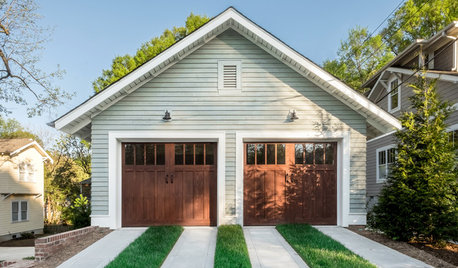
GREAT HOME PROJECTSHow to Replace or Revamp Your Garage Doors
Boost curb appeal and maybe even security with new garage doors. Find out cost ranges and other important details here
Full Story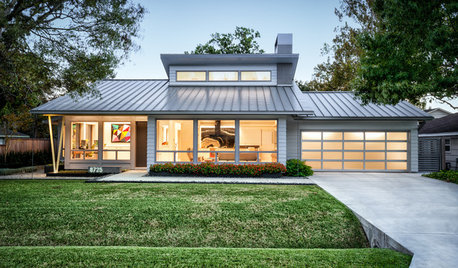
HOUZZ TVRetired Houston Couple Replaces Starter Home With Forever Home
See how the Elders built their dream home while preserving the memory of the home they lived in for nearly 4 decades
Full Story
REMODELING GUIDESShould You Remodel or Just Move?
If you're waffling whether 'tis better to work with what you've got or start fresh somewhere else, this architect's insight can help
Full Story
RUGS10 Tips for Getting a Dining Room Rug Just Right
Is the rug you’re considering the right size, shape and weave for your dining room? Here’s what to keep in mind
Full Story
HOME TECHWhy Google Just Paid $3.2 Billion for a Company That Makes Thermostats
Smart home technology just got a new champion — and everyone is speculating about the reasons
Full Story
MOST POPULAR5 Ways to Hide That Big Air Conditioner in Your Yard
Don’t sweat that boxy A/C unit. Here’s how to place it out of sight and out of mind
Full Story
MOST POPULAR20 Outstanding Outdoor Living Rooms
Why give up style and comfort just because you add fresh air? Turn any porch or patio into a sumptuous room by following these leads
Full Story
GREEN BUILDINGOff the Grid: Ready to Pull the Plug on City Power?
What to consider if you want to stop relying on public utilities — or just have a more energy-efficient home
Full Story


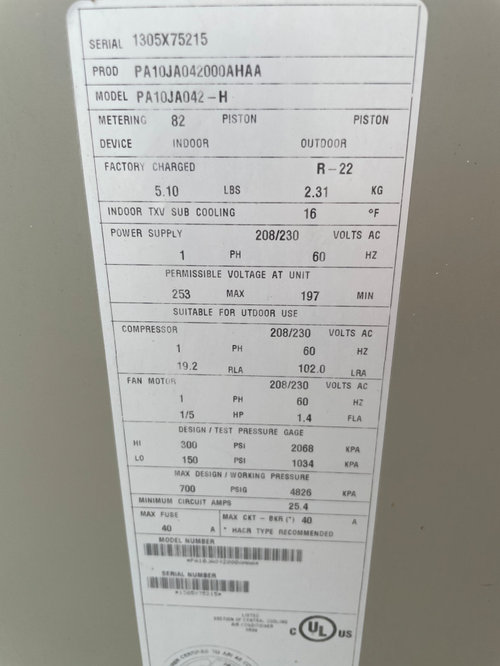
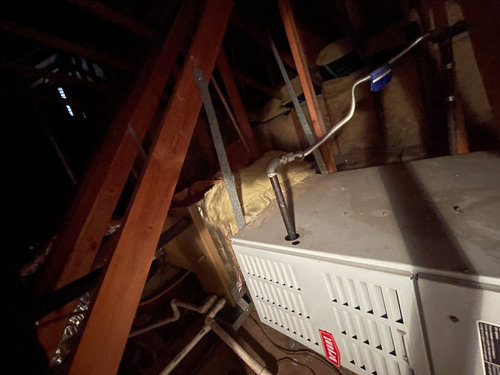
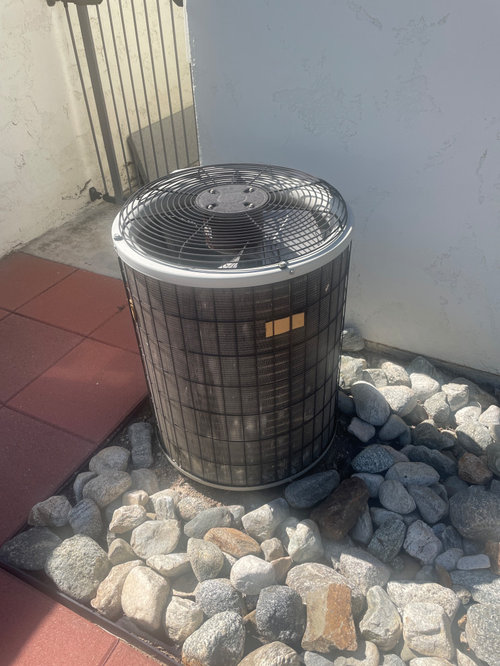



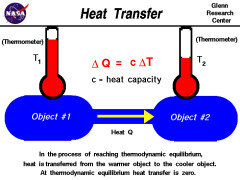


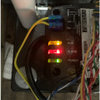
Austin Air Companie